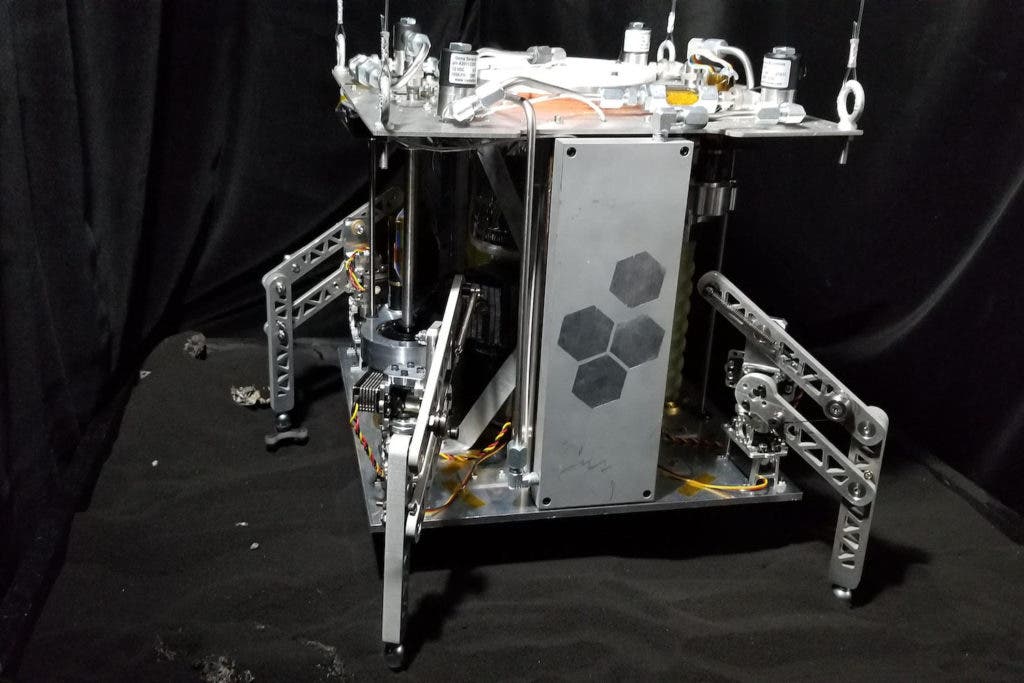A vast array of gas fuels have been used in the launching and transportation of spacecraft with liquid hydrogen and oxygen among them. Other spacecraft rely heavily on solar power to sustain their functionality once they have entered outer space. But now steam-powered vessels are being developed, and they are working efficiently as well.
People have been experimenting with this sort of technology since 1698, some decades before the American Revolution. Steam power has allowed humanity to run various modes of transportation such as steam locomotives and steamboats which were perfected and propagated in the early 1800s. In the century prior to the car and the plane, steam power revolutionized the way people traveled.
Now, in the 21st century, it is revolutionizing the way in which man, via probing instruments, explores the cosmos. The private company Honeybee Robotics, responsible for robotics being employed in fields including medical and militaristic, has developed WINE (World Is Not Enough). The project has received funding from NASA under its Small Business Technology Transfer program.
The spacecraft is intended to be capable of drilling into an asteroid’s surface, collecting water, and using it to generate steam to propel it toward its next destination. Late in 2018, WINE’s abilities were put to the test in a vacuum tank filled with simulated asteroid soil. The prototype mined water from the soil and used it to generate steam to propel it. Its drilling capabilities have also been proven in an artificial environment. To heat the water, WINE would use solar panels or a small radioisotopic decay unit.
“We could potentially use this technology to hop on the moon, Ceres, Europa, Titan, Pluto, the poles of Mercury, asteroids — anywhere there is water and sufficiently low gravity,” The University of Central Florida’s planetary researcher Phil Metzger stated.
Without having to carry a large amount of fuel and assumably having unlimited resources for acquiring its energy, WINE and its future successors might be able to continue their missions indefinitely. Similar technology might even be employed in transporting human space travelers.










